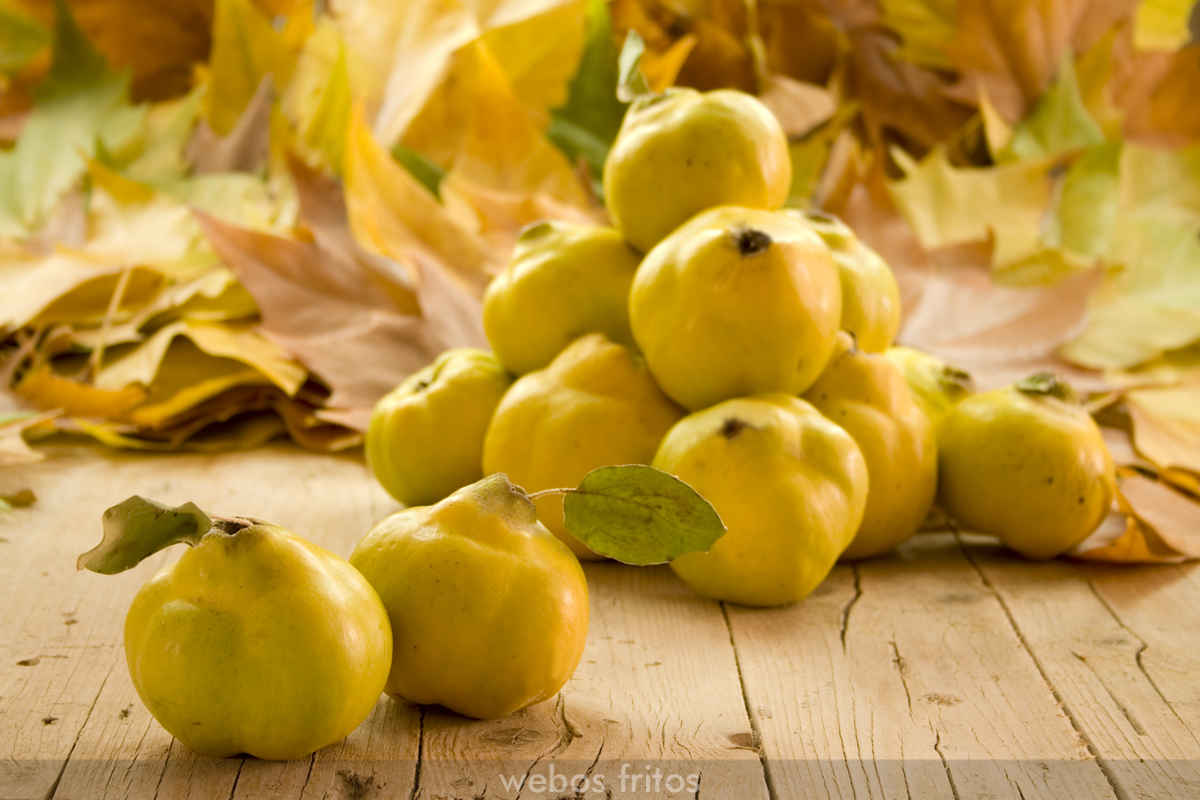
Introduction
Quinces (Cydonia oblonga) used to be in every yard. The flowers were one of the early signs of
spring and the fruit was used in a variety of savory and sweet recipes. Having lost popularity due to no
fault of their own, we're pleased to offer some great varieties. All quinces are self-pollinating.
Uses in the Landscape
Uniquely gnarled and twisted in form, the quince makes an unusual tree to add to the shrubbery
border. Delicate, large pale-pink blooms resemble apple blossoms and are sweetly fragrant, as is the
ripe fruit. If grafted trees grow as a single trunk. Ungrafted trees may be allowed to sucker and
planted closely together, growing a fabulous hedge. Low-growing flowering quince makes a show when
interplanted with spring-flowering bulbs.
Planting and Culture
Site Selection
Quinces produce best on deep, heavy loam, but they will grow on many soil types. Trees will grow
more vigorously and produce more fruit in full sun.
Soil Preparation and Planting
Quinces prefer slightly alkaline soil (pH 6.5 to 7.0 or higher). If you are in doubt about the pH
of your soil, take a soil sample to the Cooperative Extension Agent in your county for a soil test. Adjust
soil pH as necessary. A soil pH of 7.0 or higher releases extra calcium, preventing bitter rot on ripening
fruits.
Dig a planting hole approximately three times the width of the pot and at the same depth as the
root ball. Set that soil aside and mix it 50/50 with either aged mushroom compost, aged manure, or
rotted pine bark & aged manure/compost. Remove the plant from the pot, gently loosen the root ball
and place in the planting hole. To avoid burying too deep, make sure plant is positioned with the top most
roots at the soil line. Fill the planting hole with the mix of soil and organic matter; gently tamp it in.
Water thoroughly to settle the roots and eliminate air pockets. Do NOT put fertilizer in the
planting hole. Only apply fertilizer if it is the correct time of year (see Fertilization section
below). If desired, construct a water basin around the base of the tree approximately 36 inches in
diameter. Mulch in spring and summer with approximately 4-6 inches of mulch. Pull mulch a couple of
inches away from the trunk for good air circulation.
DOWNLOAD COURSE








0 comentarios:
Publicar un comentario